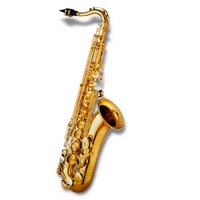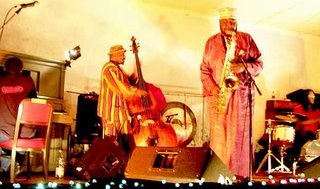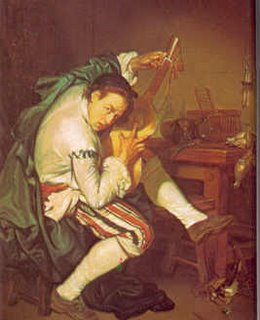

In an article entitled Jazz in Singapore: From Swing to Post-Bop and Beyond (The Arts Oct/Nov 2003: 36-40 - published by The Centre for the Arts, NUS) I outlined the evolution of jazz in Singapore from its introduction to our country in the second decade of the twentieth century to the year 2003; my conclusion then was that
... jazz in Singapore has developed over the years
from a musical art demonstrated by expatriates
to one where the participation of Singaporeans
continues to become a more and more prominent
feature. But it is difficult to point to an indigeneous jazz
style as yet since much of the jazz played here has
developed on the back of swing,
blues, bebop, hard bop and other American
variants - many of which exist side by side
simultaneously... (p.40)
Although individuals like Julai Tan, Sid Gomez, Claude Oliveiro, Jeremy Monteiro, Boni de Souza, Jacintha Abisheganaden and others provided attractively distinct variants of a kind of global jazz one felt that it was not quite appropriate to search for a rootedness in any Southeast Asian cultural form; their jazz is the jazz of individuals exploring within the context of a largely American idiom - occasionally mixed with Latin flavours - possessing little, if any, linkage with Southeast Asian mother cultures. There are complex reasons for this and urbanization, modern technology, Western education, contemporary media developments etc... all undoubtedly played a role in the evolution of jazz culture in Singapore; the culture of jazz for our musicians was largely incubated in an environment where the musicians were nourished by no other kind of music - with the exception of the Western classical variety.
In addition, the plethora of expatriate musicians made it difficult for a distinctly Singapore variety to emerge since this factor made for the growth of the international species. Perhaps, the strongest pioneering attempts to break away from from this stranglehold was a form of world music rather than jazz that made a fleeting appearance on the Singapore music scene in the mid-eighties and early nineties, I believe - pioneered by classical guitarist Alex Abisheganaden and bassist Joe Peters...
Jazz in the Philippines undoubtedly had a headstart over jazz in other parts of Southeast Asia and the country has supplied innumerable musicians and teachers of music to other parts of our region; the country has also supplied even the US with musicians - playing what would largely be American jazz (if the phrase is not a misnomer); the musical history of the Philippines has been overlain with the influence of three centuries of Spanish rule so the absorption of Western musical forms might have been almost an inevitable development.
However, with Indonesia, the case seems to be quite different. A group called Indojazz performing in Singapore for the first time from 9-10 Dec. 2004 (Esplanade Recital Studio) has shown the vitality and viability of Indonesia's Balinese musical roots through the incorporation of gamelan instruments in a highly charged, percussive musical setup with jazz drumming and electronic keyboards. It was a marvel to witness the stirringly seamless fusion - in a kind of acid jazz context - of ancient rhythms and contemporary melodic improvisational phrasing... The Indonesians appear to have arrived on the threshold of a new form of jazz; three cheers! Although limited in nature their musical achievement would help pave the way for a seamless synthesis between contemporary and traditional modes of music in the evolution of jazz in Southeast Asia.

